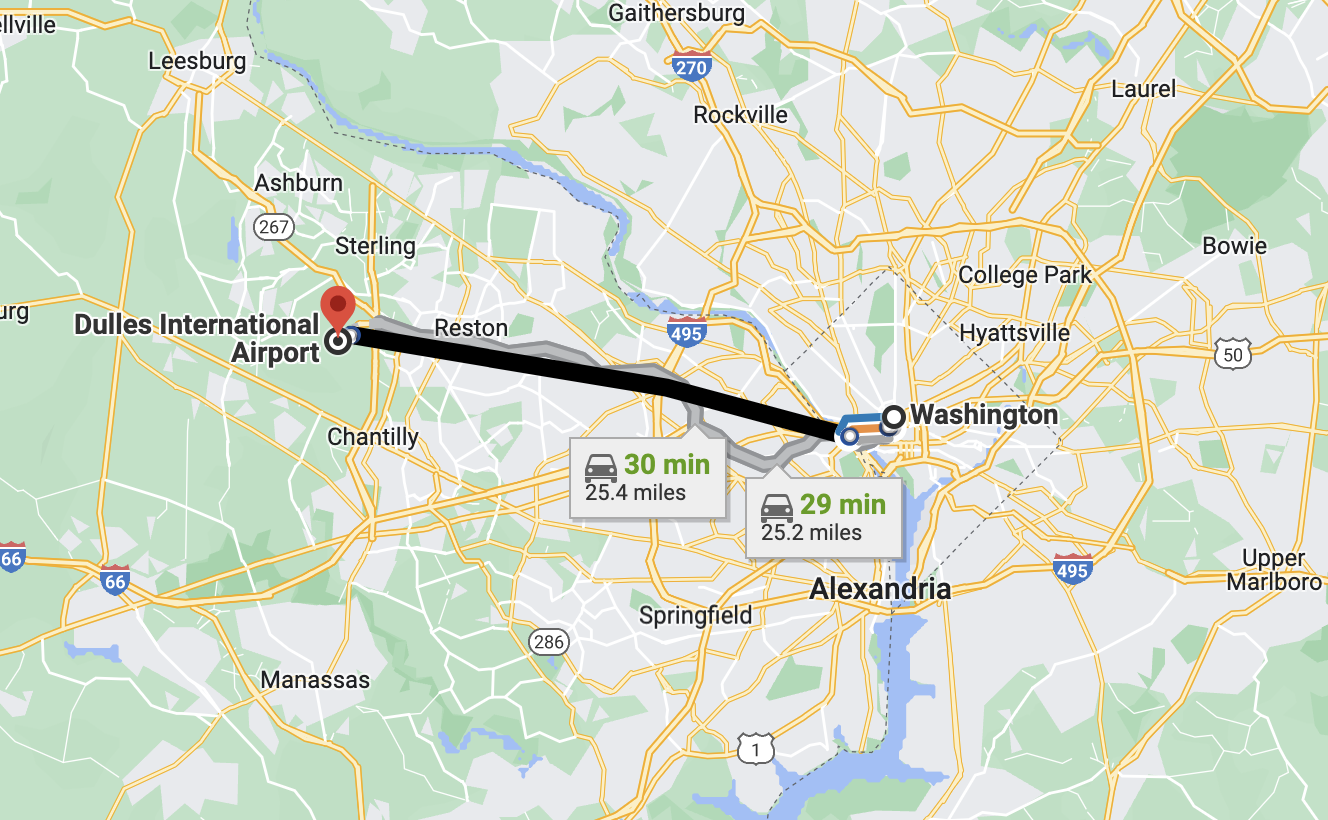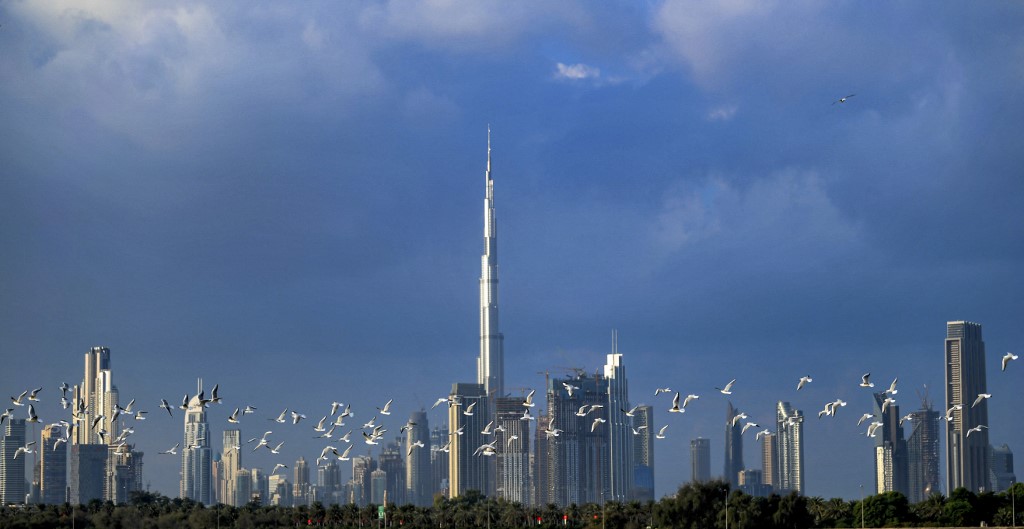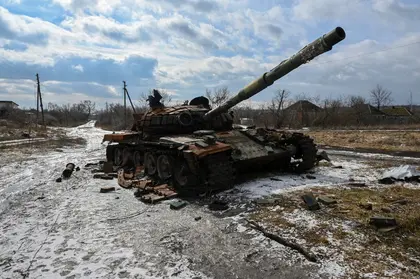The Russian tanks and fighting vehicles destroyed during its full-scale invasion of Ukraine would fill up five Red Squares in Moscow or 16 football fields at the Paris Olympics.
This is one of the main findings of a spatial and geographic evaluation of Russian war losses conducted by Kyiv Post.
JOIN US ON TELEGRAM
Follow our coverage of the war on the @Kyivpost_official.
Using data gathered by independent monitor Oryx on losses of Russian equipment and Ukrainian claims about Russian casualties, as well as public information about the Russian military, Kyiv Post examined size, space, scale and location vectors to better understand the extent and scale of Russia’s losses.
What Did We Find?
- If all destroyed Russian tanks and fighting vehicles were lined up end to end, they would stretch 35 kilometers. That is a similar distance to that of: Kyiv to Hostomel (where Russian paratroopers first landed on February 24, 2022); Washington DC to Dulles International Airport; London to Gatwick Airport, and; Moscow to Domodedovo Airport.

Washington DC to Dulles International Airport. PHOTO: Google Maps
- If all destroyed Russian tanks and fighting vehicles were brought together (112,687 square meters), they would cover 4.88 Red Squares in Moscow and 15.88 football fields at the Paris Olympics.
- If all destroyed Russian tanks were stacked on each other (4,406 meters), they would be around five times higher than Dubai’s Burj Khalifa (830 meters), the world’s tallest building, and 10 times higher than Saint Petersburg’s Lakhta Center (462 meters), Russia’s tallest building.

Dubai’s Burj Khalifa, the world’s tallest building. PHOTO: AFP
- The weight (121,000 tons) of destroyed Russian tanks and fighting vehicles is equal to the amount of waste produced by Moscow residents in one week.
- Russia’s dead from the full-scale invasion of Ukraine (200,000 plus) would fill three Krestovsky Stadiums (capacity 67,000) in Putin’s native Saint Petersburg.
- To bury Russia’s dead together, a cemetery of more than 43 hectares would be required which is seven times larger than Moscow’s Novodevichy cemetery, the burial site of Anton Chekhov, Boris Yeltsin, Nikita Khrushchev, Sergiy Prokofiev, Lazar Kaganovich and other Russian notables.
How We Did Our Calculations?
This is an example of how Kyiv Post did its calculations.
First, we established equipment loss numbers. Using videos and photographs, Oryx, in its last website update, identified that Russia has lost 2003 tanks and 2372 fighting vehicles, such as armored personnel carriers. We then identified the main types of tanks and fighting vehicles lost and used those as the basic unit of calculations.
Then, we looked at public information about Russian military equipment. A typical Russian T-72 tank, one of the predominant models used and most destroyed in Ukraine, is 9.5 meters long and 3.5 meters wide, and 2.2 meters high – which is 33.25 square meters and 73.15 cubic meters. It weighs around 40 tons. (Its dimensions are similar to other Russian tanks such as the T-90 or the T-64.)

N. Korean Troops Massed in Russia to Enter Ukraine War ’Soon’: Pentagon Chief
A typical Russian BMP armored fighting vehicle, one of the predominant models used and most destroyed in Ukraine, is 6.7 meters long and 2.9 meters wide and 2.1 meters high – which is 19.43 square meters and 40.8 cubic meters. It weighs around 13 tonnes. (It is smaller than the other type used and destroyed, e.g., BTRs are 7.6 meters by 3.2 meters by 3 meters).
Then, we research size equivalents to translate our initial calculations into. Red Square is 23,100 square meters. A football field is 7,140 square meters.
Hence, if the total square meterage of the destroyed Russian tanks and fighting vehicles is around 112,687 square meters, it “translates” into 4.88 Red Squares and 15.78 football fields.
You can also highlight the text and press Ctrl + Enter






